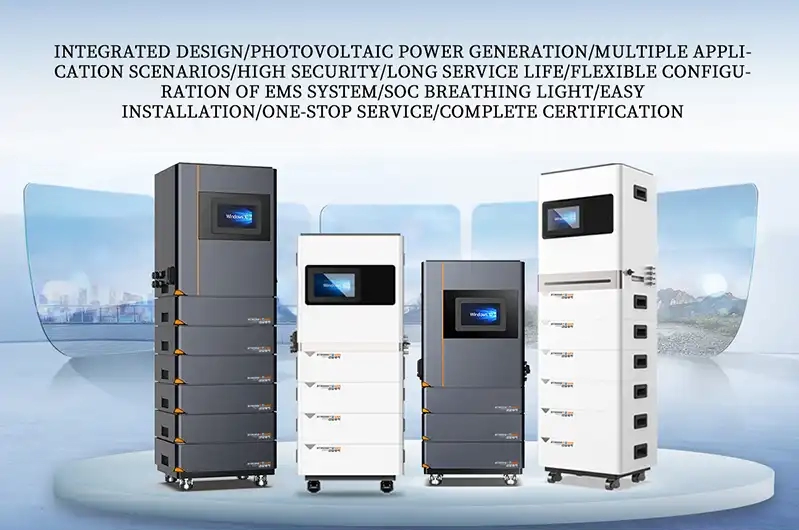The focus has switched to residential energy storage as a solution that not only tackles these issues but also opens up new opportunities in an era where energy costs are rising and sustainable living is essential.
Gaining maximum benefit from home energy storage systems requires an understanding of their technology, which is becoming more and more important as the market for these systems grows.
What is home energy storage?
The process of gathering and storing power produced from several sources—such as solar panels, wind turbines, or the grid—for later use in a household setting is known as “home energy storage.”

How do energy storage devices for homes operate?
The operation of a home energy storage system is comparable to that of a rechargeable battery. The process starts with the production of direct current (DC) electricity from sources such as solar panels or wind turbines. The inverter transforms this DC electricity into useful alternating current (AC), guaranteeing that household equipment can operate with it.
The excess energy produced during times of high production or low demand is then stored in the battery unit of the system. The energy levels are carefully monitored by the monitoring systems and
What is powered by a home energy storage system?
The setup of the system, the type of battery, and the intended use are some examples of the variables that may affect the energy storage capacity. Energy can be stored in Strong Power Electric units in quantities ranging from a few kWh to several tens of kWh.
Essential household equipment like computers, fans, refrigerators, lights, air conditioners, and communication devices can all be powered by a standard home battery storage system. Your everyday activities can be uninterrupted by a well-designed system, giving you a sense of security and comfort, depending on the battery’s capacity and the energy usage of your equipment. Larger battery storage systems enable you to use powered equipment for longer periods of time by supporting more power-hungry devices, such electric vehicle charging.
How Are Systems for Home Energy Storage Installed?
A professional evaluation, the positioning of crucial parts like batteries and inverters, and wiring to incorporate them into the current electrical system are all part of the installation process for home energy storage systems. In order to meet local legislation and safety standards, the entire arrangement is put through thorough testing and is guaranteed to be compatible with solar panels. A user interface that gives homeowners information about energy generation, consumption, and storage is provided for monitoring and regulating the system. The procedure is made to ensure a dependable and effective home system.
Do Batteries for Home Battery Storage Systems Make a Good Investment?
On many levels, home energy storage devices offer a revolutionary possibility. They provide substantial advantages to homeowners, including reduced energy costs, a smaller carbon footprint, more control and flexibility over.



